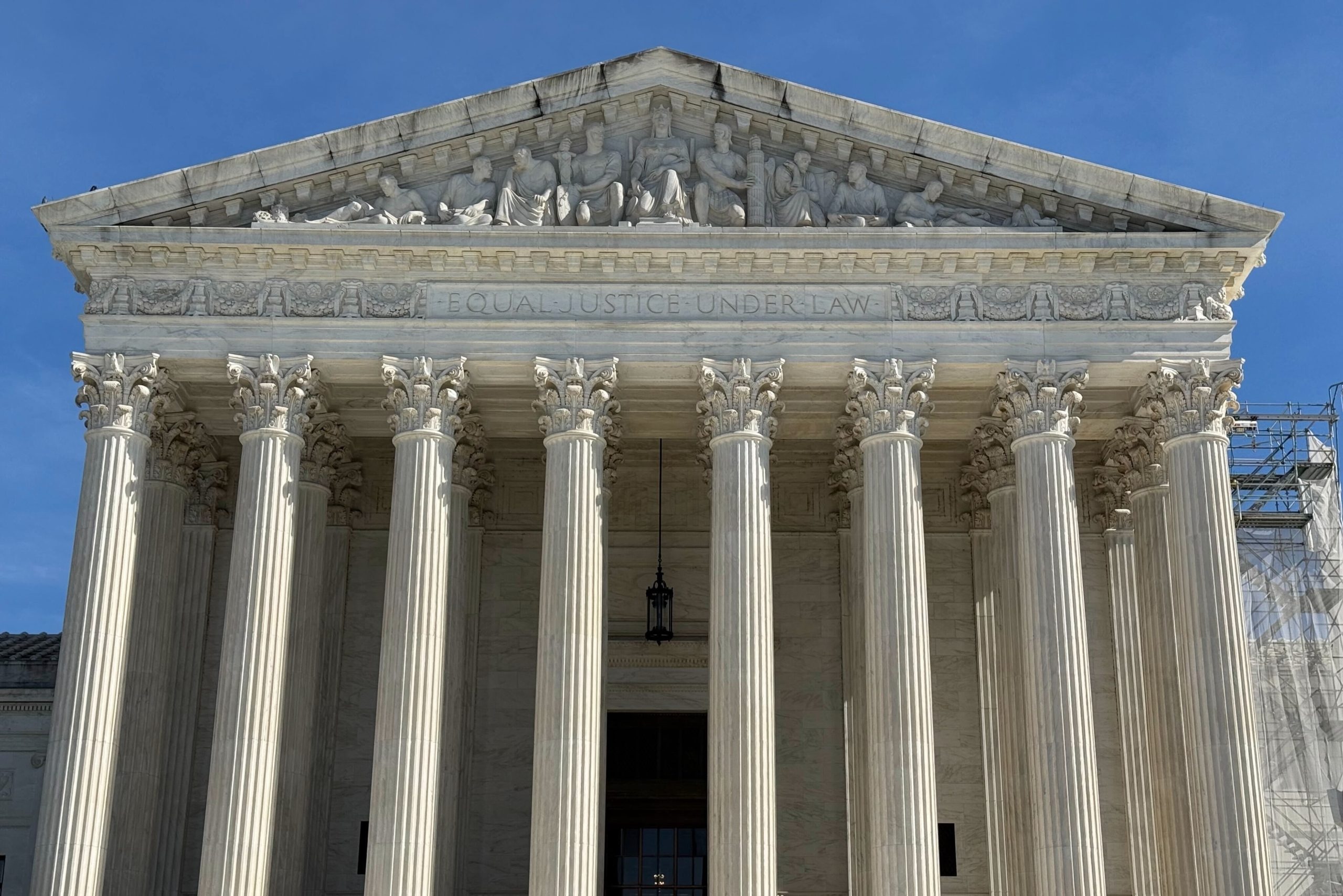Justices rule for inmate whose lawsuit was dismissed on procedural grounds


The Supreme Court on Thursday revived a lawsuit filed by an inmate who alleges that he was wrongfully placed in segregated confinement for nearly two years. In an 8-1 decision by Justice Sonia Sotomayor, the court ruled that when Donte Parrish missed the original deadline to file his notice that he was appealing the trial court’s dismissal of his case, he did not need to file a second notice of appeal after the trial court reopened the case. Sotomayor explained that “imperfections in noticing an appeal should not be fatal where no genuine doubt exists about who is appealing, from what judgment, to which appellate court.”
The events leading up to the case before the court began in 2009, when Parrish was placed in restrictive, segregated confinement for 23 months – as punishment, he says, for his alleged involvement in the death of another inmate at the federal prison in West Virginia where Parrish was incarcerated.
More than six years later, after two hearings and an appeal, prison officials expunged the incident from Parrish’s disciplinary record and concluded that he had not committed a “prohibited act.”
After Parrish’s efforts to challenge his confinement within the prison system were unsuccessful, he filed a lawsuit in a federal court in West Virginia, seeking compensation for his time in segregated confinement.
The district court dismissed the case, ruling that he had brought some claims too late and failed to first litigate others in the prison system. It entered its order dismissing the case on March 23, 2020.
Because Parrish was suing the United States, under federal law he had 60 days to file his notice of appeal. However, Parrish was transferred on March 24, 2020, to a state penitentiary and did not receive the court’s order dismissing his lawsuit until June 25, 2020 – well after the 60-day period had passed.
On July 8, Parrish sent a letter to the district court explaining the delay and indicating that he was “filing this notice of appeal.”
The district court interpreted Parrish’s letter as a motion to reopen the time to file an appeal, which federal law generally allows a district court to grant for 14 days when the party filing the motion does not receive notice that a decision has been entered within 21 days of the ruling, granting the motion would not place the opposing party at a disadvantage, and the motion is filed within the earlier of two days – 180 days after the ruling or within 14 days after receiving it. The district court granted Parrish’s motion, and Parrish did not file a new notice of appeal.
Although the federal government agreed that Parrish was not required to file a new notice of appeal, the U.S. Court of Appeals for the 4th Circuit did not. In its view, when the district court reopened the time to appeal, that opened a new, 14-day window in which Parrish should have filed a notice of appeal. Because he failed to do so, the court ruled, it lacked the power to review his case.
The Supreme Court on Thursday reversed. Sotomayor began with the text of the federal law governing the requirements for reopening the time to appeal. That text, she wrote, “makes clear that a reopened appeal period does not begin until ‘the date of entry of the order reopening the time for appeal,’ and that it thereafter runs ‘for a period of 14 days.’” If a litigant files a notice of appeal after that time, she observed, it is late, and the court no longer has the authority to hear the case. But the law does not say anything about whether the court is also stripped of the power to hear cases in which – as here – the notice of appeal is filed early.
Although the law itself does not address this scenario, Sotomayor continued, when Congress enacted the law allowing the reopening of the appeal period in 1991, it was well established that an early notice of appeal “relates forward to the entry of the document that renders an appeal possible.” Therefore, Sotomayor concluded, the “natural inference” is that Congress would have also expected this principle to apply in the future.
“A contrary result,” Sotomayor suggested, “would not only ‘subvert congressional design,’ it would also make little sense. The purpose of a notice of appeal (as its moniker suggests) is to provide opposing parties and the court with notice of one’s intent to appeal.”
Parrish’s case, Sotomayor said, “illustrates the point.” The government concedes that “it was perfectly clear after Parrish’s first notice that he intended to appeal his case’s dismissal. Sending another notice would amount to nothing more than ‘empty paper shuffling.’”
Justice Ketanji Brown Jackson, joined by Justice Clarence Thomas, agreed with the result that the court reached – that “Parrish did not need to do anything more in order for his notice of appeal to be treated as timely” – but not with its reasoning. In her view, the case could have been resolved much more simply because Parrish’s situation was effectively the same as a scenario in which a litigant files a motion to reopen a case or extend a deadline and attaches the document that they would like to file if that motion is granted. Because the district court granted Parrish’s motion to reopen the appeal period, she posited, it should have then simply docketed his notice of appeal and transferred the case to the court of appeals.
Justice Neil Gorsuch dissented from the ruling, because he would have dismissed the case without deciding it at all. He noted that the Advisory Committee on Appellate Rules, a group made up of judges, lawyers, and legal scholars that studies appellate procedure and makes recommendations to the Judicial Conference of the United States about possible changes to the federal rules governing appeals, was already studying the possibility of amending the federal rules to address the question before the court. “Rather than take up problems the Rules Committee can solve and has announced its interest in solving,” Gorsuch wrote, “I believe the wiser and more efficient course is to let the Committee get on with its work.”
Amanda Rice, who represented Parrish in the Supreme Court, said in a statement that she was “gratified to see the Supreme Court’s decision vindicating Mr. Parrish’s right to pursue an appeal. This ruling is important not only for Mr. Parrish, but also for other incarcerated pro se litigants facing mail delays and other obstacles in attempting to litigate their cases from behind bars. Thanks to the Court’s decision, those litigants won’t be penalized for filing a notice of appeal before the appeal period is reopened.”
Posted in Merits Cases
Cases: Parrish v. United States